There are times when a particular USB port isn’t working on your windows computer, or god forbid your computer Wi-Fi doesn’t seem to connect to your home Wi-Fi after an update, or else you’re not able to toggle your screen brightness. In any of the cases, you might not have a clue where to start from. Usually, in these kinds of scenarios, the reason is a malfunctioning driver.
It may sound like a big feat to troubleshoot a driver and you will think is the work best left to professionals. However, locating and fixing the issue takes just a couple of minutes and after going through this guide; It’s going to be a cakewalk for you!
Locating the Driver
Go to search box present in the Windows taskbar and type ‘Device Manager’. The search box will be located at the left bottom corner of your screen.
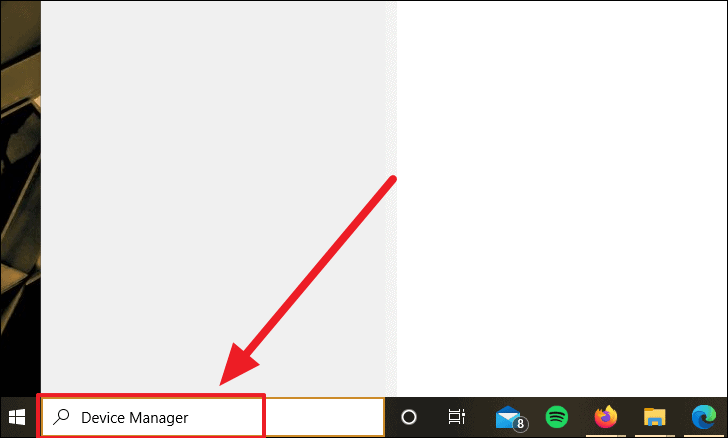
Click to open the ‘Device Manager’ from the search results.
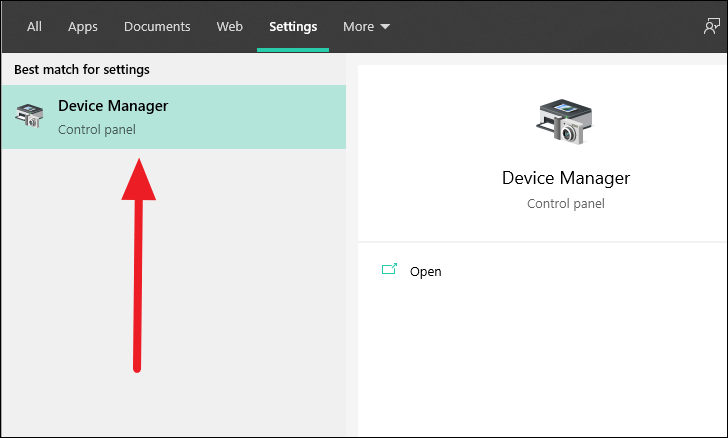
You can also use the ‘Run’ command to open the device manager quickly. Press WINDOWS + R to open the ‘Run’ command. Next, type ‘devmgmt.msc’ in the text box and click on ‘OK’ to open the device manager.

You will be able to see the list of all peripherals. Click on the arrow on the left side of the section to expand it.
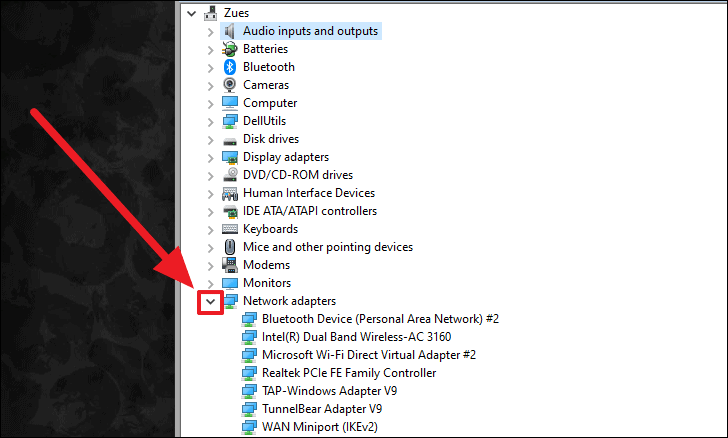
Now, if you wish to see more information on any particular component, just right-click on it and navigate to the ‘Properties’ option.
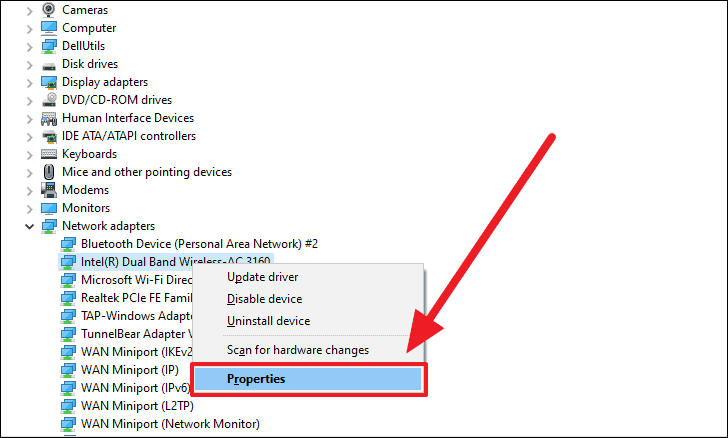
After clicking on the ‘Properties’ option, a single window would open and you will be able to see the general properties of the component. You will also be able to see the current status of the device on the screen.

Now, if a particular component is not working as it should. You can head to the ‘Driver’ tab to perform an array of operations regarding the driver and component.
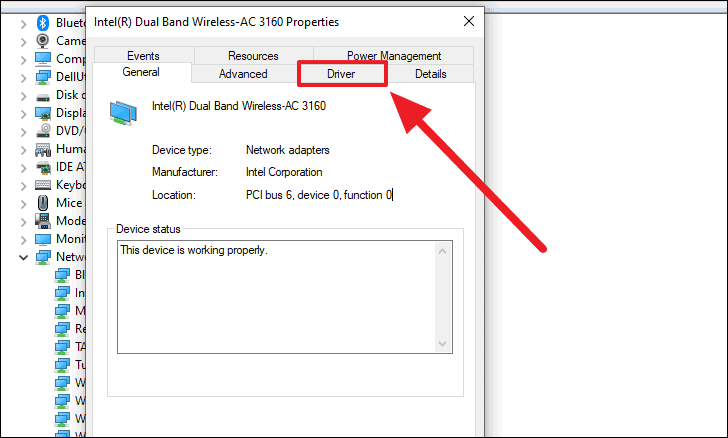
You will be able to see the basic details of the driver including the last date of update and the current driver version.
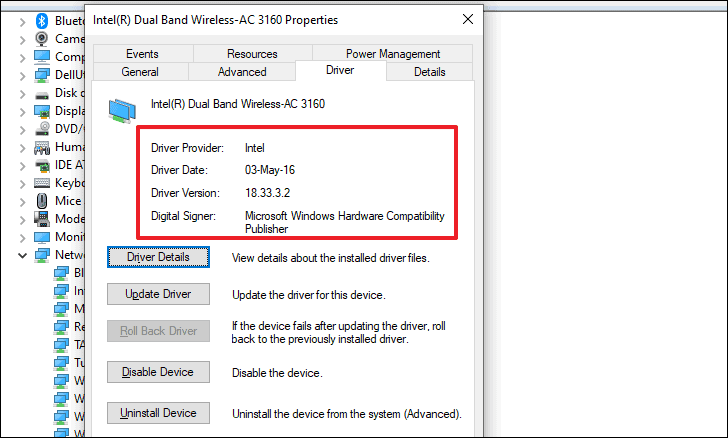
Update the Malfunctioning Driver
To update the driver, click on ‘Updated Driver’ button.
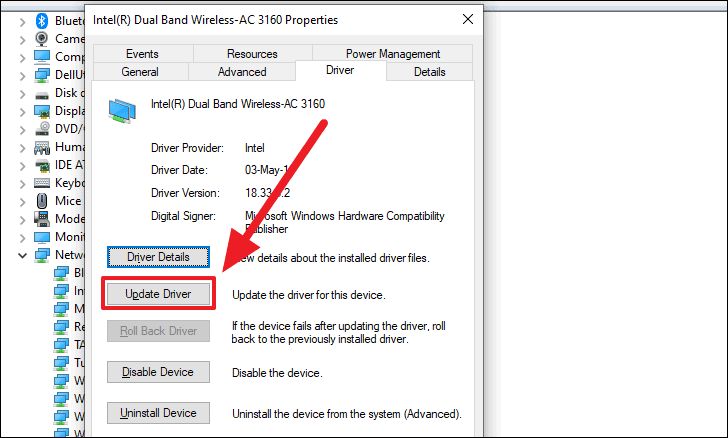
A new window would open to help you update the driver. Click on the first option to let the windows search for a driver and update it for you. Otherwise, if you have already downloaded a file you can choose the second option to browse it from your local files.
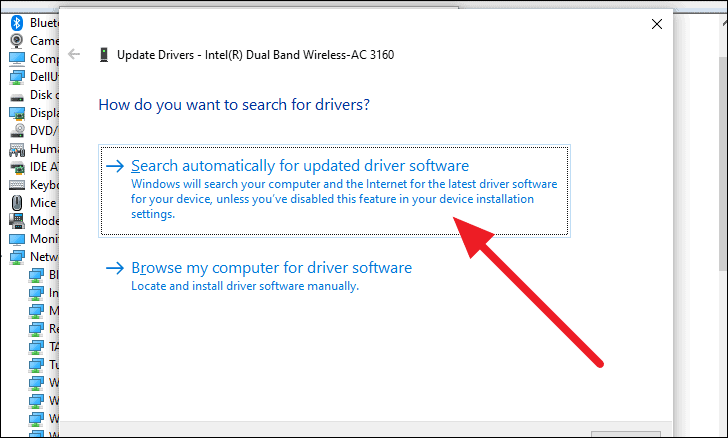
If your driver is malfunctioning after a recent update. You can also roll back the driver to the previous version by simply clicking on ‘Roll Back Driver’.
Note: The ‘Roll Back Driver’ option would be available only in the case of a recent update. If there has not been an update made to the driver, the option would be greyed out.
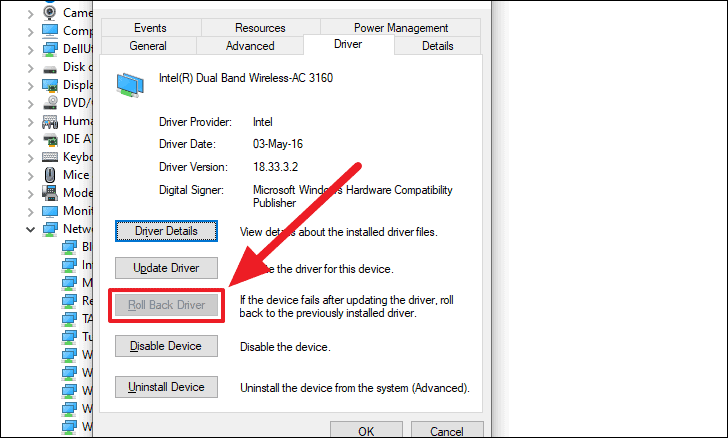
We all know it is always a good practice to use the latest drivers to derive optimal performance from our devices. Since, now you not only know how to update one but also troubleshoot. Go show your new found skill to your friends and be a hero to their devices.











Member discussion